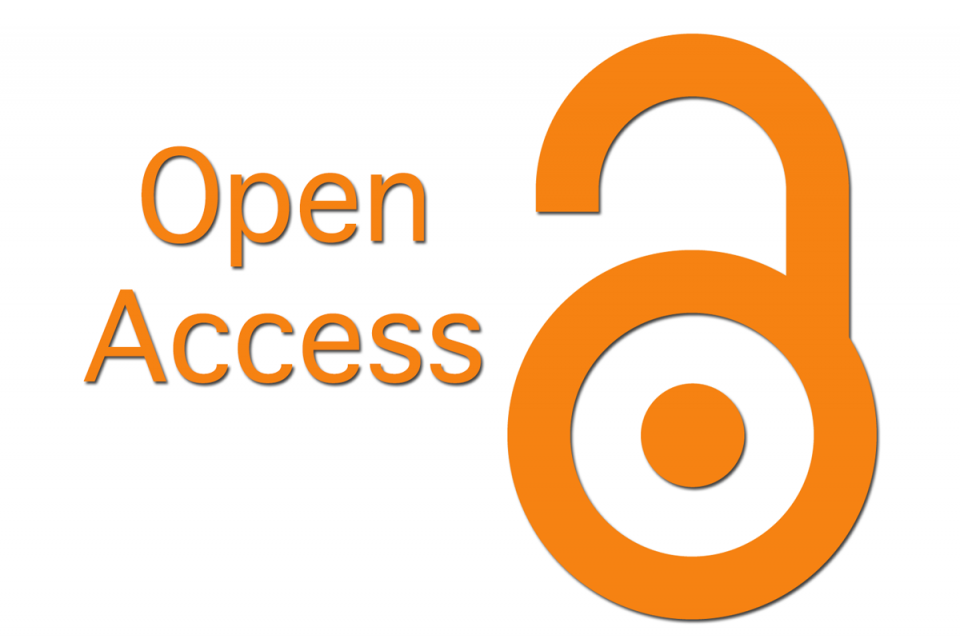EFFECT OF THERAPEUTIC ULTRASOUND FOR NECK PAIN: A SYSTEMATIC REVIEW
DOI:
https://doi.org/10.61841/ahseg696Keywords:
Ultrasound therapy, neck painAbstract
Background: The fourth most common cause of disability is neck discomfort, which affects more than 30% of people annually. The majority of acute neck pain episodes will go away with or without therapy, but about 50% of people will still have discomfort or recurrences on a regular basis.
Aims: This systematic review is to review the effect of therapy with ultrasound for neck pain.
Methods: This study demonstrated compliance with all requirements by means of a comparison with the standards established by the Preferred Reporting Items for Systematic Review and Meta-Analysis (PRISMA) 2020. Thus, the specialists were able to guarantee that the research was as current as feasible. Publications released between 2014 and 2024 were considered for this search strategy. This was accomplished by utilizing a number of distinct online reference sites, including Pubmed, ScienceDirect, and SagePub. It was determined that reviews, previously published works, and partially completed works would not be included.
Result: In the PubMed database, the results of our search brought up 5375 articles, whereas the results of our search on SAGEPUB brought up 7781 articles, our search on SCIENCE DIRECT brought up 30045 articles. The results of the search conducted for the last year of 2014 yielded a total 2864 articles for PubMed, 3376 articles for SAGEPUB and 13342 articles for SCIENCE DIRECT. In the end, we compiled a total of 7 papers, 5 of which came from PubMed, 1 of which came from SAGEPUB and 1 of which came from SCIENCE DIRECT. We included seven research that met the criteria.
Conclusion: In summary, therapeutic ultrasonography is a safe treatment that has the potential to lessen pain intensity more than sham or no treatment at all. It is unclear if using therapeutic ultrasonography in addition to other traditional therapies reduced pain, increased disability, or improved quality of life.
References
Safiri S, Kolahi AA, Hoy D, Buchbinder R, Mansournia MA, Bettampadi D, et al. Global, regional, and national burden of neck pain in the general population, 1990-2017: Systematic analysis of the Global Burden of Disease Study 2017. The BMJ. 2020 Mar 26;368.
Dieleman JL, Cao J, Chapin A, Chen C, Li Z, Liu A, et al. US Health Care Spending by Payer and Health Condition, 1996-2016. JAMA - Journal of the American Medical Association. 2020 Mar 3;323(9):863–84.
Kazeminasab S, Nejadghaderi SA, Amiri P, Pourfathi H, Araj-Khodaei M, Sullman MJM, et al. Neck pain: global epidemiology, trends and risk factors. Vol. 23, BMC Musculoskeletal Disorders. BioMed Central Ltd; 2022.
Binder AI. Neck pain. BMJ Clin Evid. 2018;
Kolu E, Buyukavci R, Akturk S, Eren F, Ersoy Y. Comparison of high-intensity laser therapy and combination of transcutaneous nerve stimulation and ultrasound treatment in patients with chronic lumbar radiculopathy: A randomized single-blind study. Pak J Med Sci. 2018 May 1;34(3):530–4.
Xia P, Wang X, Lin Q, Cheng K, Li X. Effectiveness of ultrasound therapy for myofascial pain syndrome: A systematic review and meta-analysis. Vol. 10, Journal of Pain Research. Dove Medical Press Ltd.; 2017. p. 545–55.
Benatto MT, Florencio LL, Bragatto MM, Dach F, Fernandez-de-las-Penas C, Bevilaqua-Grossi D. Neck-specific strengthening exercise compared with placebo sham ultrasound in patients with migraine: a randomized controlled trial. BMC Neurol. 2022;22(1):126.
Dibai-Filho AV, de Oliveira AK, Girasol CE, Dias FRC, de Jesus Guirro RR. Additional Effect of Static Ultrasound and Diadynamic Currents on Myofascial Trigger Points in a Manual Therapy Program for Patients With Chronic Neck Pain: A Randomized Clinical Trial. Am J Phys Med Rehabil. 2017;96(4):243–52.
Petterson S, Plancher K, Klyve D, Draper D, Ortiz R. Low-intensity continuous ultrasound for the symptomatic treatment of upper shoulder and neck pain: A randomized, double-blind placebo-controlled clinical trial. J Pain Res. 2020;13:1277–87.
Kenareh R, Mirmohammadi SJ, Khatibi A, Shamsi F, Mehrparvar AH. The Comparison of The Efficacy of Photobiomodulation and Ultrasound in the Treatment of Chronic Non-specific Neck Pain: A Randomized Single-Blind Controlled Trial. Lasers Med Sci. 2021;
Yilmaz M, Tarakci D, Tarakci E. Comparison of high-intensity laser therapy and combination of ultrasound treatment and transcutaneous nerve stimulation on cervical pain associated with cervical disc herniation: A randomized trial. Complement Ther Med. 2020;
Rahbar M, Samandarian M, Salekzamani Y, Khamnian Z, Dolatkhah N. Effectiveness of extracorporeal shock wave therapy versus standard care in the treatment of neck and upper back myofascial pain: a single blinded randomised clinical trial. Clin Rehabil`. 2021;35(1):102–13.
Overmann L, Schleip R, Michalak J. Exploring fascial properties in patients with depression and chronic neck pain: An observational study. Acta Psychol (Amst). 2024 Apr 1;244.
Published
Issue
Section
License

This work is licensed under a Creative Commons Attribution 4.0 International License.
You are free to:
- Share — copy and redistribute the material in any medium or format for any purpose, even commercially.
- Adapt — remix, transform, and build upon the material for any purpose, even commercially.
- The licensor cannot revoke these freedoms as long as you follow the license terms.
Under the following terms:
- Attribution — You must give appropriate credit , provide a link to the license, and indicate if changes were made . You may do so in any reasonable manner, but not in any way that suggests the licensor endorses you or your use.
- No additional restrictions — You may not apply legal terms or technological measures that legally restrict others from doing anything the license permits.
Notices:
You do not have to comply with the license for elements of the material in the public domain or where your use is permitted by an applicable exception or limitation .
No warranties are given. The license may not give you all of the permissions necessary for your intended use. For example, other rights such as publicity, privacy, or moral rights may limit how you use the material.







